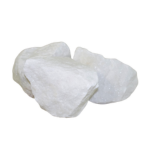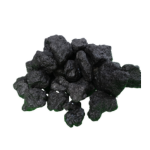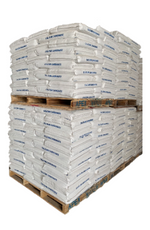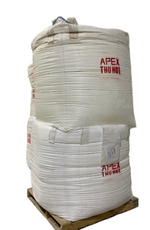

Website Design Copyright 2025 © 竹新化學股份有限公司 & 頂烽企業股份有限公司
All Rights Reserved. 網頁設計 by 覺醒設計
CATALOG
TYPE
Product Categories
Precipitated Calcium Carbonate
model Precipitated Calcium Carbonate
Product Description






|
Property |
B -201 | A-101 | A -201 |
|---|---|---|---|
| Particle Size Distribution (μm) | 0.6~1.2 | 0.8~1.5 | 1.0~2.5 |
| Specific Surface Area (cm2/g) | 55,000 | 45,000 | 36,000 |
| Loose Bulk density (g/cm3) | 0.22 | 0.25 | 0.33 |
| True specific gravity (g/cm3) | 2.6 | 2.6 | 2.6 |
| Whiteness | 100 | 100 | 100 |
| Residue on 250 mesh | ≦ 0.1% | ≦ 0.1% | ≦ 0.1% |
| Oil absorption (DOTP, ml/100g) | 50 | 44 | 38 |
| Moisture | 0.4% | 0.3% | 0.2% |
| Insoluble in HCl | ≦ 1.5% | ≦ 1.5% | ≦ 1.5% |
| Loss on ignition | 43.5% | 43.5% | 43.5% |
| pH value | 8~10 | 8~10 | 8~10 |
| Assay of CaCO3 | 99% | 99% | 99% |
(The above data is provided as an average reference for testing purposes)
We use cookies to collect and analyze information on site performance and usage. By Clicking "Continue" or by clicking into any content on this site, you agree to allow cookies to be placed. To find out more, please visit our privacy policy。
CONTINUE GO TOP
GO TOP
